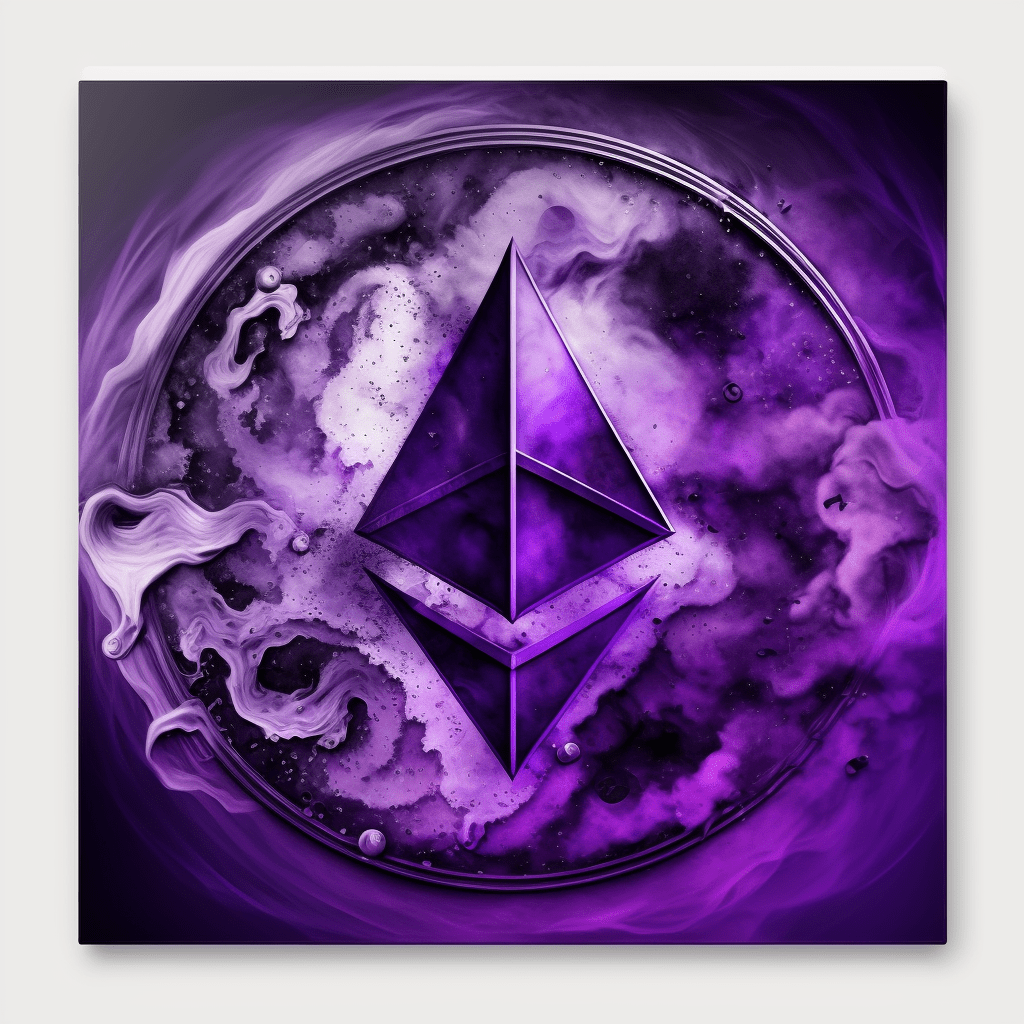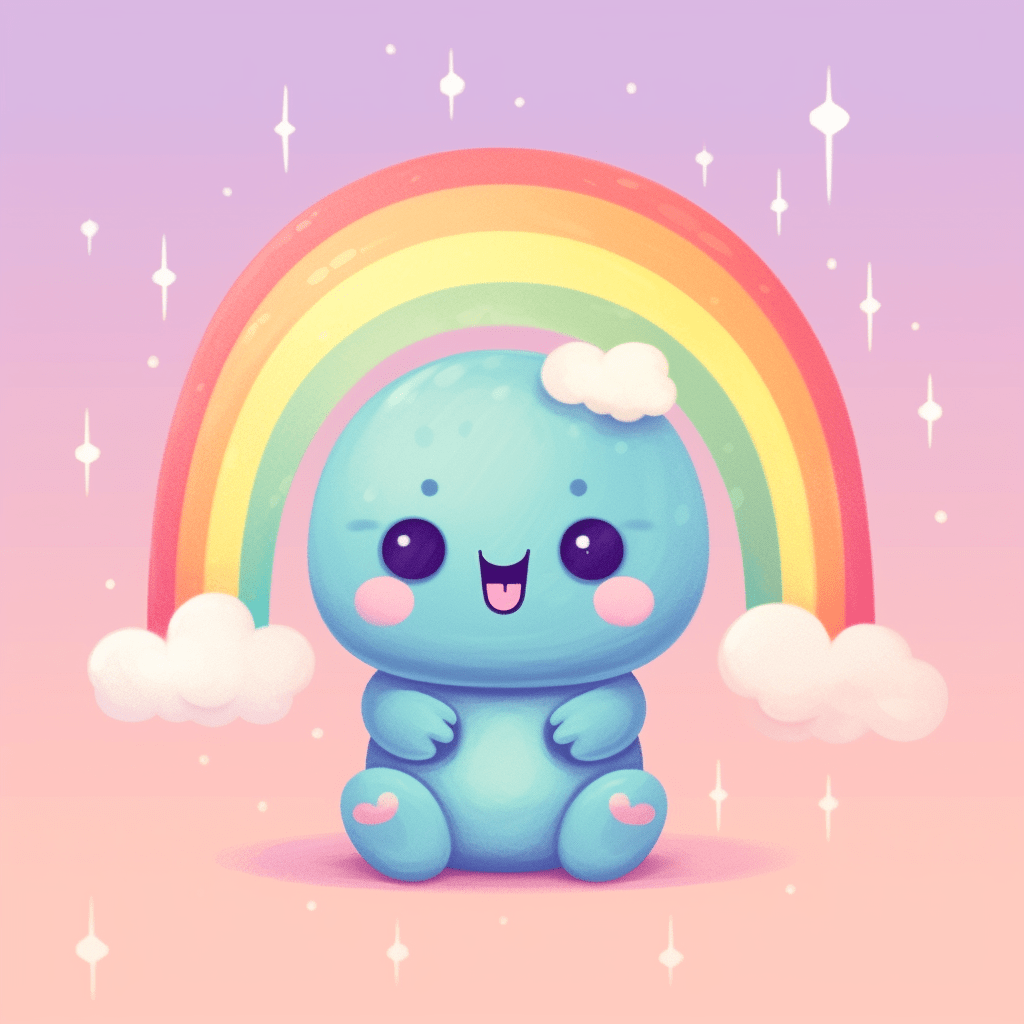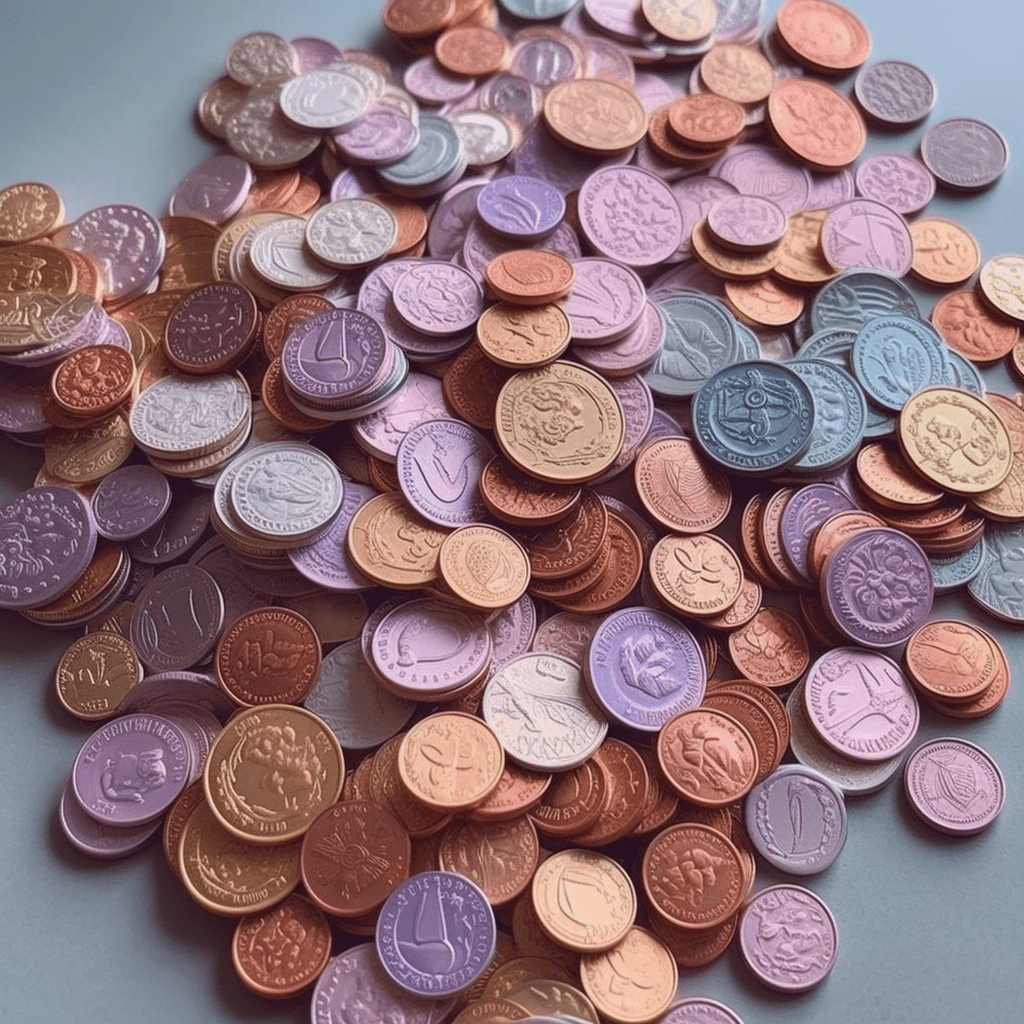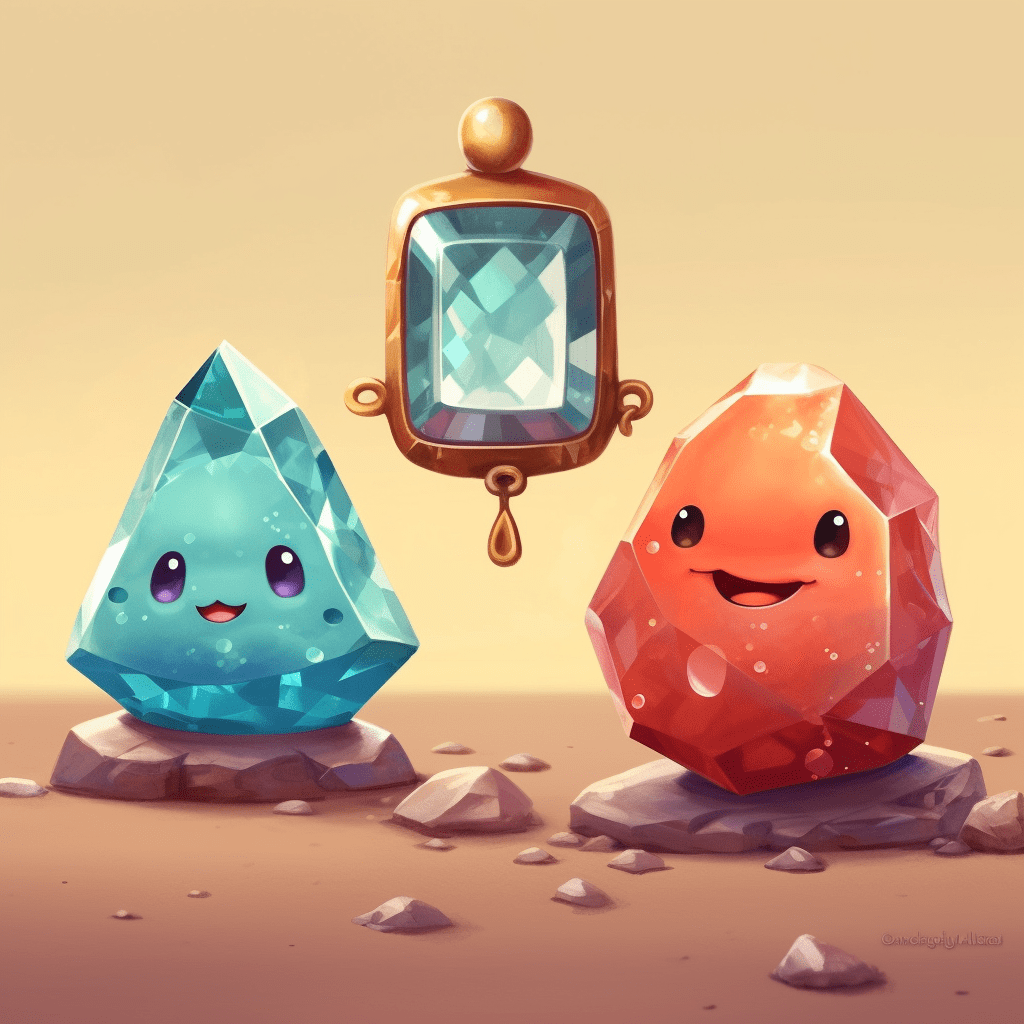The intersection of blockchain and gaming has given rise to an exciting new dynamic: the ability to own virtual assets in a way that extends beyond the game itself. This ownership is made possible through Non-Fungible Tokens (NFTs), unique digital assets stored on the blockchain. As the interest in virtual assets grows, artists and developers are turning to tools like an NFT generator to create unique, captivating NFTs for gaming and virtual worlds.

NFTs and Their Role in Gaming and Virtual Worlds
NFTs have quickly become a game-changer in the digital landscape. They allow artists and creators to tokenize virtually anything digital into a unique, ownership-verified asset. In the realm of gaming and virtual worlds, NFTs are transforming the way gamers interact with their environment and with each other.
Assets such as in-game items, characters, lands, or even entire game instances can be tokenized into NFTs. They offer true ownership, allowing players to buy, sell, or trade them on various marketplaces freely. This ownership is a significant departure from traditional gaming assets, which typically remain under the control of the game’s developers.
The Power of an NFT Generator in the Gaming Space
An NFT generator can be an invaluable tool for artists and game developers looking to create NFTs for gaming and virtual worlds. These platforms use generative algorithms to produce unique digital assets within a predefined set of parameters. Here’s how an NFT generator can transform the creation process.
Creating Unique In-Game Assets
One of the main uses of an NFT generator in the gaming industry is to create unique in-game assets. These could range from character skins, weapons, vehicles, to any other item within the game.
By setting parameters in the NFT generator—such as colors, styles, shapes, or patterns—developers can produce a series of unique assets, each with their own unique properties. This not only enhances the gaming experience by providing a wide range of items for players to discover but also adds an extra layer of excitement through the element of rarity and ownership.
Designing Characters and Avatars
An NFT generator can also be used to create characters or avatars for games and virtual worlds. With the right settings, the generator can produce a series of unique characters, each with their distinct looks and traits.
This can be particularly useful in games where customization and personal expression are important aspects of the gameplay. Players can truly own their in-game personas, customizing their avatars to their liking and even trading or selling them in the open market.
Building Virtual Landscapes and Environments

Beyond items and characters, NFT generators can be utilized to create larger assets such as virtual lands or environments. Developers can use these tools to generate unique, diverse virtual landscapes for their games or virtual worlds, each piece becoming a unique, tradable asset.
This opens up possibilities for player-driven economies, where gamers can purchase, own, and even modify their virtual lands, contributing to the game’s evolution over time.
Minting and Selling Gaming NFTs
Once the NFTs are created, the next step is to mint them onto the blockchain, effectively turning them into tradable assets. Many NFT generators offer integrated minting solutions, making the process relatively straightforward.
However, creating NFTs is only part of the journey. It’s also important to effectively sell these NFTs and get them into the hands of players. This involves listing them on an NFT marketplace, setting up a storefront, and marketing your gaming NFTs to potential buyers.
Navigating the Challenges of Gaming NFTs
While the potential of gaming NFTs is enormous, it’s essential to be aware of the challenges and complexities involved. The blockchain and NFT space are still new and rapidly evolving, with ongoing developments in regulations, technologies, and market dynamics. Therefore, creators and developers should stay informed and be prepared to adapt.
Moreover, issues related to scalability, environmental impact, and token economics need to be considered. Solutions are emerging for these challenges, but they do add a layer of complexity to the process.
The Potential of NFTs in Gaming and Virtual Worlds

Despite the challenges, the potential of NFTs in the gaming and virtual world space is immense. By offering true ownership and interoperability, they can create player-driven economies, enhance user engagement, and provide new revenue streams for creators and developers.
As this space evolves, we’re likely to see more sophisticated tools and platforms emerge, making the creation, trading, and usage of gaming NFTs even more seamless and exciting. The use of an NFT generator in creating these digital assets is just the beginning.
Discover how to effectively leverage an NFT generator to bring your gaming and virtual world NFTs to life. With the right strategy and a good understanding of the landscape, you can take your creativity to new heights in this dynamic and exciting arena.
